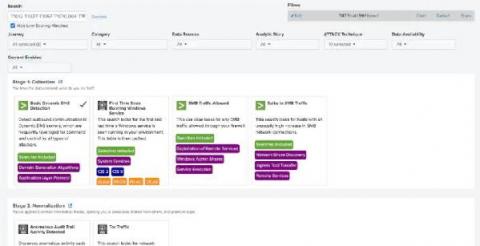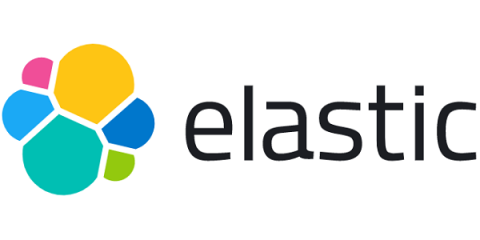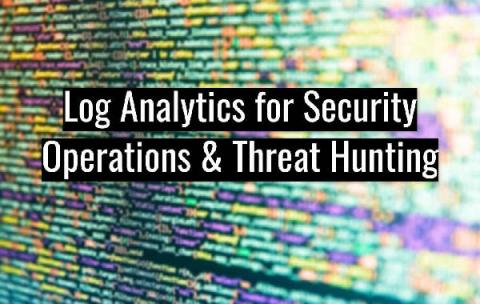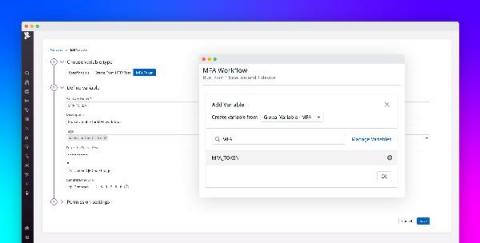Operations | Monitoring | ITSM | DevOps | Cloud
Security
The latest News and Information on CyberSecurity for Applications, Services and Infrastructure, and related technologies.
Why implementing Zero Trust is more important than ever before
Five worthy reads is a regular column on five noteworthy items we’ve discovered while researching trending and timeless topics. This week, we explore why organizations should implement Zero Trust in 2021. In 2010, John Kindervag introduced the concept of “Zero Trust” which has become a touchstone for cyber resilience and persistent security. Zero Trust is not a security product, architecture, or technology.
Get Started with Splunk for Security: Splunk Security Essentials
Continuing to ride the waves of Summer of Security and the launch of Splunk Security Cloud, Splunk Security Essentials is now part of the Splunk security portfolio and fully supported with an active Splunk Cloud or Splunk Enterprise license. No matter how you choose to deploy Splunk, you can apply prescriptive guidance and deploy pre-built detections from Splunk Security Essentials to Splunk Enterprise, Splunk Cloud Platform, Splunk SIEM and Splunk SOAR solutions.
IT analytics in 90 seconds: Stay on top of every threat to your endpoints
Vdoo & JFrog - Enhanced Security From Code To The Edge
How Orange Business Services is building a better SIEM with Elastic
I’m a security analyst at Orange Business Services in Paris, and one of my current projects for the Orange Group is implementing a new SIEM based on the Elastic Stack. In this blog post, I’ll share why we chose Elastic and how we were able to integrate Elastic into our existing SIEM, resulting in faster investigations and saving our engineers’ time. So follow along.
Log Analytics and SIEM for Enterprise Security Operations and Threat Hunting
Introducing multi-factor authentication in Datadog Synthetic tests
Multi-factor authentication (MFA) is an increasingly popular method for securing user accounts that requires users to provide two or more pieces of identifying information when logging into an application. This information can consist of unique verification links or codes sent to the user’s phone or email address, as well as time-based one-time passwords (TOTPs) generated by authenticator applications or hardware.
Webinar featuring IDC's Mark Leary: Make your IT operations future-proof with the Branch of One architecture
At the start of the pandemic, IT organizations had to undergo radical changes to support remote work. Given the urgency to shift to remote operations, IT admins opted for band-aid solutions to retain business continuity and stay connected to the core of their networks from remote locations. But now, many organizations are moving toward hybrid workforce options with employees choosing to work from both their home and office locations.











